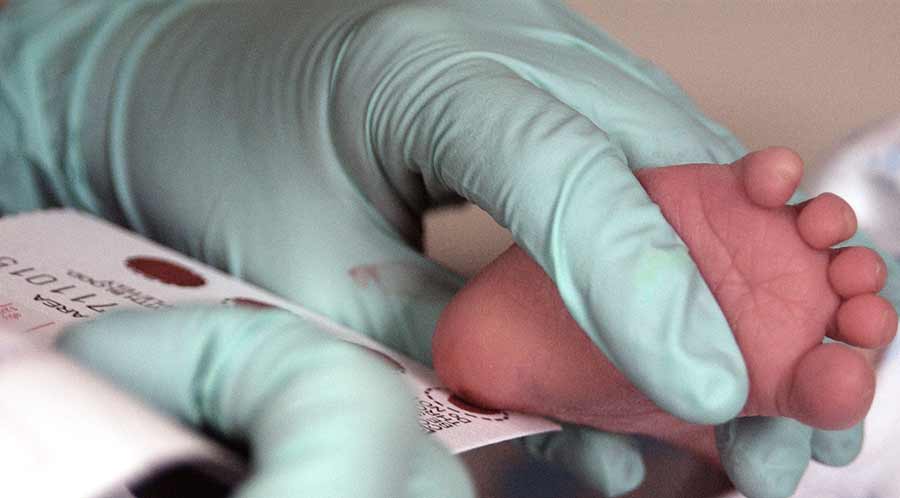High School: Grades 9-12
Ministry of Education: Learn at Home
High School Courses — Keep up with studies
CIVIX (a series of free, high-quality resources to help students understand the world of digital information, develop online verification skills, and build a habit of relying on credible sources.)
Student Vote (resources to improve civic literacy, introduce the concepts of governance and democracy, increase awareness about the workings of government in Canada, and teach students how to effectively participate as active and informed citizens in their community.)
Digital Human Library (In response to school closures in Ontario and across Canada, Digital Human Library is offering ALL Canadian K-12 School Districts FREE access to their Virtual Tours & Virtual Reality Catalogue, and Live Streaming Calendar of 500+ educational programs until the end of June 2020.)
Middle School: Grades 6-8
Grade 7-8: Learning Outside of the Classroom
Angela Stockman course for middle school writers
Khan Academy: A non-profit providing free education through fun lessons, like “Imagineering in a Box.”
Elementary School: Grades K-5
Ministry of Education: Learn at Home
Grade 4-6: Learning Outside of the Classroom
TVO Kids Language (K-6)
TVO mPower (Math, K-6)
TVO Kids Mathematics (JK-3)
Grade 1-3: Learning Outside of the Classroom
TVO Kids Science and Technology (JK-3)
Math story time (K-2)
Kindergarten: Learning Outside of the Classroom
tvo mPower - Videos, games and content that supports the Ontario curriculum.
Starfall Learn to Read
Additional Resources
Art
4 Drawing Games
sparketh.com
French
Duolingo
Idello
TFO
Compiled by HDSB teachers:
Il était une histoire (Intermediate)
TV5Monde (Junior, Intermediate)
Radio-Canada: Jeunesse (Junior, Intermediate)
FSL Homework Toolbox (Primary, Junior, Intermediate)
HDSB Elementary Internet Tools (Primary, Junior, Intermediate)
Frenchresources.ca (Primary, Junior)
Du plaisir à lire (Primary, Junior)
Literacy Centre (Primary)
Mini-tfo (Primary)
Radio-Canada: L’appli des petits de Radio-Canada (Primary)
Geography
TV5Monde (Junior, Intermediate)
Radio-Canada: Jeunesse (Junior, Intermediate)
FSL Homework Toolbox (Primary, Junior, Intermediate)
HDSB Elementary Internet Tools (Primary, Junior, Intermediate)
Frenchresources.ca (Primary, Junior)
Du plaisir à lire (Primary, Junior)
Literacy Centre (Primary)
Mini-tfo (Primary)
Radio-Canada: L’appli des petits de Radio-Canada (Primary)
Geography
History
Language
Book Review Guide
Scholastic Learn at Home
Spell Quiz
Math
DREAMBOX - Sign up for a free 90-day trial until April 30, 2020
Mathies.ca
Music
Spell Quiz
Math
DREAMBOX - Sign up for a free 90-day trial until April 30, 2020
Mathies.ca
Music
FlowKey (piano)
Uke Buddy (ukulele)
virtual drumming
virtual drumming
Virtual Tours
Cincinnati Zoo: Facebook Live videos highlighting a new animal each weekday at 3pm, and shared via Youtube after the live stream.
Exploring by the Seat of Your Pants: Live free events with scientists and explorers around the world, hosted Live on Youtube.
Ripley’s Aquariums: Daily live events with aquarium animals and downloadable educational materials.
San Diego Zoo: Live cameras in various zoo exhibits, paired with educational resources.
Smithsonian National Museum of Natural History: Self-guided tours of select current and past exhibits.
McMichael Canadian Art Collection
Virtual Museum: Google Arts & Culture virtual tours
Explore Ontario Museums Online
Exploring by the Seat of Your Pants: Live free events with scientists and explorers around the world, hosted Live on Youtube.
Ripley’s Aquariums: Daily live events with aquarium animals and downloadable educational materials.
San Diego Zoo: Live cameras in various zoo exhibits, paired with educational resources.
Smithsonian National Museum of Natural History: Self-guided tours of select current and past exhibits.
McMichael Canadian Art Collection
Virtual Museum: Google Arts & Culture virtual tours
Explore Ontario Museums Online
Scholastic Kids Press Kid Reporter applications - must be between the ages of 10–14. Deadline: May 31, 2020







